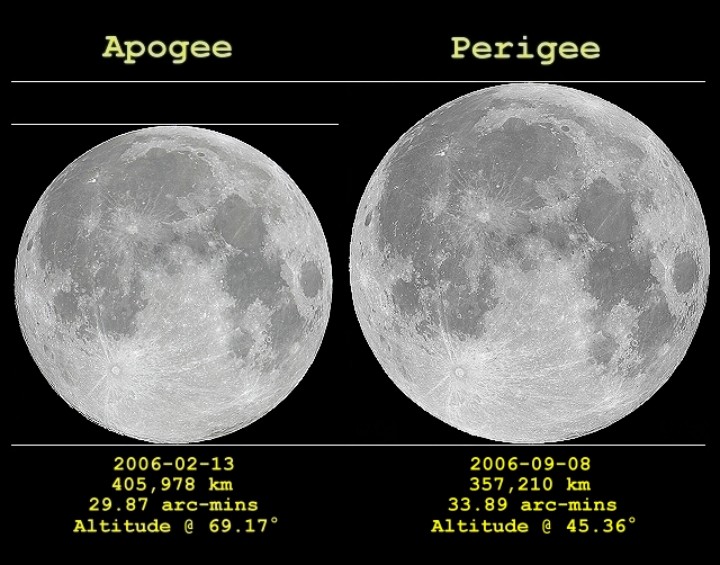1
Flat Earth Theory / Vendée Globe
« on: November 11, 2020, 10:36:24 AM »
Two days ago, 33 sailors have set sail from Les Sables d'Olonne, France. The Vendée Globe is a solo non-stop round-the-world race, along the Clipper route.

It's a tough race: typically, only half the sailors make it to the finish line.
https://www.forbes.com/sites/tmullen/2020/11/09/the-insanity-and-elegance-of-the-vende-globe-sailing-race
https://www.espn.com/olympics/story/_/id/30249677/bubbles-separation-solitude-trying-cope-2020-let-examine-vendee-globe
Their progress can be tracked online : https://www.vendeeglobe.org/en/tracking-map
On a flat bipolar Earth, this kind of circumnavigation is not possible. On a flat monopole Earth, it could be possible, but the southern part along the roaring forties would be much longer.
Are these sailors and the race organization part of a conspiracy?

It's a tough race: typically, only half the sailors make it to the finish line.
https://www.forbes.com/sites/tmullen/2020/11/09/the-insanity-and-elegance-of-the-vende-globe-sailing-race
https://www.espn.com/olympics/story/_/id/30249677/bubbles-separation-solitude-trying-cope-2020-let-examine-vendee-globe
Their progress can be tracked online : https://www.vendeeglobe.org/en/tracking-map
On a flat bipolar Earth, this kind of circumnavigation is not possible. On a flat monopole Earth, it could be possible, but the southern part along the roaring forties would be much longer.
Are these sailors and the race organization part of a conspiracy?



